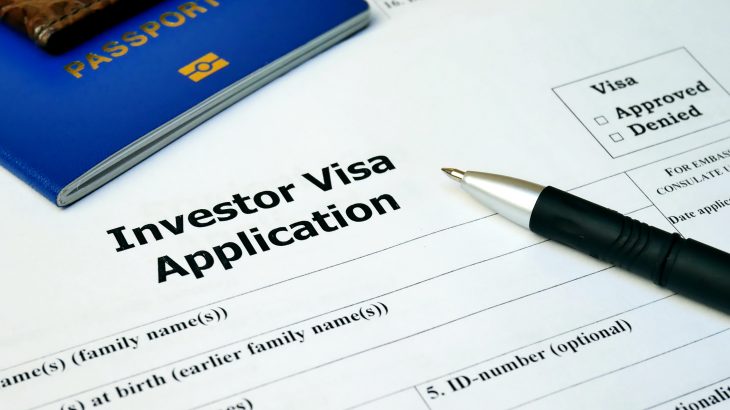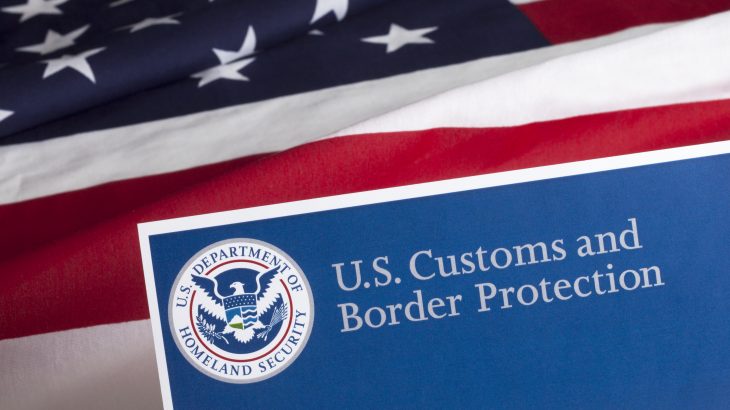The Biden Administration has relaunched the International Entrepreneur Parole (IEP) Program this week. The International Entrepreneur Parole program allows the owners and managers of promising startups to temporarily reside in the United States to grow businesses that have strong economic and job-creation potential.
Who is Eligible for the International Entrepreneur Parole Program?
As the name suggests the International Entrepreneur Parole Program is open to global entrepreneurs, but ultimately eligibility will be determined by the Department for Homeland Security (DHS) on a case-by-case basis.
Basic eligibility requirements include:
- The business must be a startup, created within the past five year within the United States
- The applicant must hold “Substantial Ownership” in the startup business
- The applicant must play an active role in the business
- The business must have secured credible funding or other demonstrable support from private US investors, or federal, state & local entities.
How long is the International Entrepreneur Parole Program Valid for?
The International Entrepreneur Parole Program is valid for up to 30 months initially. This can be extended by another 30 months provided the business is able to demonstrate that it has grown and created jobs. However, parole is not a visa and people wanting to stay in the United States for longer will need to carefully plan their options. Anyone from an E-2 Treaty Country could potentially transition to an E-2 Treaty Investor Visa. If the underlying business becomes large enough or the entrepreneur privately has enough funds, then the EB-5 Immigrant Investor Visa offers a relatively fast route to a Green Card for a $900,000 investment. A Green Card is the name for US permanent residency, which offers the freedom to live and work anywhere in the United States.
Can my spouse and children accompany me to the United States under the International Entrepreneur Parole Program?
Yes. Spouses (husbands and wives) and children can accompany the primary applicant to the United States under the International Entrepreneur Program. Spouses can apply for work authorization. The primary applicant can only work for the startup and is not eligible to work elsewhere in the United States.
How many entrepreneurs can be granted International Entrepreneur Parole under this Program?
The maximum number of entrepreneurs per startup business is three (3).
Is the International Entrepreneur Parole Program only for Hi-Tech Startups?
No. The International Entrepreneur Parole Program is for any startup business in any industry sector. Provided it meets the key criteria and can prove that it offers strong growth and job creation potential for the United States.
Do I need to make an investment as part of International Entrepreneur Parole Program?
The start-up must have received an investment of at last $250,000 from private US based investors of $100,000 grants or awards from public agencies (local, state or federal). If you do not satisfy this criteria, you may still be granted approval if there is sufficient evidence to suggest the start-up will grow rapidly. At the renewal stage, you should be able to show that the business has received $500,000 in private or public and that it has generated $500,000 in revenue.
Which countries are eligible for the International Entrepreneur Parole Program?
The International Entrepreneur Parole Program is open to people from all countries unless there are specific sanctions or restrictions that impacts all form of immigration between your country and the United States. This means that the International Entrepreneur Parole Program is more wide reaching that the E-2 Treaty Investor Visa, which has more advantages but is limited to people from Treaty Countries.
How does the International Entrepreneur Parole Program Compare with the E-2 Treaty Investor Visa?
The E-2 Treaty Investor Visa allows an applicant to invest in and run a business in the United States. One of its main advantages over the International Entrepreneur Parole Program is the length of time you can remain in the United States. While the International Entrepreneur Parole Program is limited to 30 months with an additional 30 months for entrepreneurs who can demonstrate growth, the E-2 Visa is renewable forever provided the E-2 business continues to operate successfully. Like the IEP program, the E-2 Visa needs to be renewed and reviewed, but entrepreneurs usually have a little longer. This actual validity of your initial E-2 Visa does depend on where you are from – each country has its own validity period detailed in the State Department’s reciprocity schedules.
The advantage the IEP program has over the E-2 Treaty Investor Visa is that the E-2 visa is only available to people from E-2 Treaty Countries. The International Entrepreneur Parole Program could be an alternative if you are not from an E-2 Treaty County. However, there is also another solution: E-2 Visa eligibility is determined by citizenship, so it is possible to obtain citizenship of an E-2 Treaty Country and become eligible for the visa. The fastest and most cost-effective ways to become a citizen of an E-2 Treaty Country is the Grenada Citizenship by Investment Programme and the Turkey Citizenship by Investment Program.
How does the International Entrepreneur Parole Program Compare with the L-1 Visa?
Another alternative to the International Entrepreneur Parole Program is the L-1 Visa. The L-1 Visa permits the transfer of employees within the same company, the L-1A is for for International Managers & Executives and the L-1B is for highly skilled employees with specialized knowledge. Our firm specializes in New Office L-1 Visas, where you set up a new US office of your company and transfer an employee to the US to oversee the startup and growth of that company.
Unlike E-2, there are no nationality requirements for the L-1 Visa. The L-1A Visa can last up to seven years and the L-1B can be renewed up to a maximum of five years, both of which are longer than the IEP program. However, new office L-1 visas need to be reviewed and renewed after one year – which is earlier than the IEP program, but the progress requirements are usually less stringent. L-1 Visa holders who wish to remain in the United States permanently have a clear cut route to a Green Card through the EB-1c visa option.
This article is published for clients, friends and other interested visitors for information purposes only. The contents of the article do not constitute legal advice and do not necessarily reflect the opinions of Davies & Associates or any of its attorneys, staff or clients. External links are not an endorsement of the content.




























